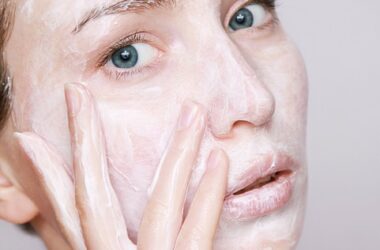Hyperpigmentation is a common skin concern that can affect anyone, regardless of age, skin type, or ethnicity. It is characterized by the appearance of dark spots, patches, or discoloration on the skin, which can be caused by various factors such as sun exposure, inflammation, hormonal changes, and skin injuries. As a result, many people seek effective treatments to address this issue and achieve a brighter, more even-toned complexion. Among the many options available, alpha arbutin and kojic dipalmitate have gained popularity as promising ingredients for hyperpigmentation treatment. In this article, we will delve into the world of whitening warriors and explore which one is the more effective treatment for hyperpigmentation.
Table of Contents
Alpha Arbutin: A Natural Alternative
Alpha arbutin is a naturally occurring compound found in the bearberry plant. It has been used for centuries to treat various skin concerns, including hyperpigmentation. Alpha arbutin works by inhibiting the production of melanin, the pigment responsible for skin darkening. It does this by blocking the transfer of melanin from melanocytes to keratinocytes, thereby reducing the appearance of dark spots and patches.
Alpha arbutin has gained popularity in recent years due to its natural and gentle properties, making it suitable for all skin types, including sensitive skin. It is also relatively safe, with minimal side effects reported. Additionally, alpha arbutin is often combined with other ingredients, such as vitamin C and niacinamide, to enhance its effectiveness.
Kojic Dipalmitate: A Dermatologist’s Favorite
Kojic dipalmitate is a derivative of kojic acid, a fungal metabolic byproduct found in various species of fungi. It has been used for decades in dermatological treatments, particularly for hyperpigmentation. Kojic dipalmitate works by inhibiting the production of melanin and reducing the transfer of melanin from melanocytes to keratinocytes, similar to alpha arbutin.
Kojic dipalmitate is a favorite among dermatologists due to its ability to effectively address a range of skin concerns, including hyperpigmentation, acne, and rosacea. It is also known for its ability to reduce the appearance of fine lines and wrinkles, leaving skin looking smoother and more youthful.
Comparing Alpha Arbutin and Kojic Dipalmitate
While both alpha arbutin and kojic dipalmitate are effective treatments for hyperpigmentation, they have some key differences. Alpha arbutin is generally considered a more gentle and natural ingredient, making it suitable for sensitive skin types. Kojic dipalmitate, on the other hand, is often used in combination with other ingredients to enhance its effectiveness. Additionally, kojic dipalmitate has been shown to have better efficacy in reducing the appearance of dark spots and patches.
Conclusion
Hyperpigmentation is a common skin concern that requires effective and targeted treatment. Both alpha arbutin and kojic dipalmitate have shown promising results in addressing this issue, but they differ in their approach and potential side effects. Alpha arbutin is a natural and gentle ingredient suitable for sensitive skin, while kojic dipalmitate is a more potent ingredient that may require combination with other ingredients to achieve optimal results.
Recommended Alpha Arbutin Products
-
 Perfect Skin Extra Strength Rejuvenating SetKD7.000
Perfect Skin Extra Strength Rejuvenating SetKD7.000 -
Product on sale
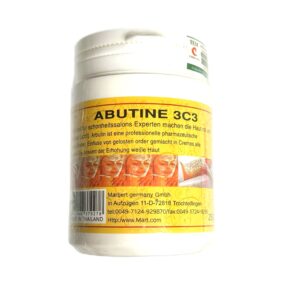 Abutine 3C3 Cream 250gOriginal price was: KD8.000.KD7.000Current price is: KD7.000.
Abutine 3C3 Cream 250gOriginal price was: KD8.000.KD7.000Current price is: KD7.000. -
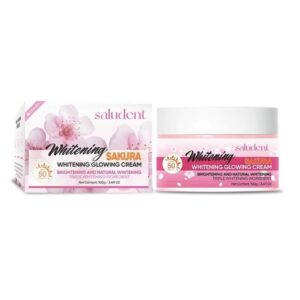 saludent, Whitening Sakura Whitening Glow Cream SPF50 100gKD6.000
saludent, Whitening Sakura Whitening Glow Cream SPF50 100gKD6.000 -
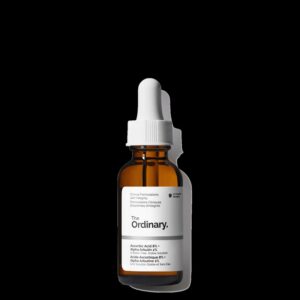 The Ordinary Ascorbic Acid 8% + Alpha Arbutin 2% Serum 30mLKD6.000
The Ordinary Ascorbic Acid 8% + Alpha Arbutin 2% Serum 30mLKD6.000 -
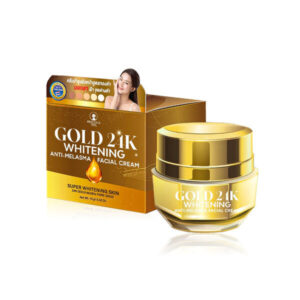 Precious Skin Gold 24K Whitening Anti-Melasma Facial Cream 15gKD2.450
Precious Skin Gold 24K Whitening Anti-Melasma Facial Cream 15gKD2.450 -
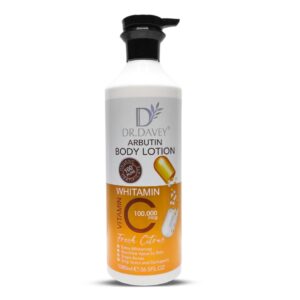 Dr. Davey Arbutin Body Lotion – 1080mlKD4.500
Dr. Davey Arbutin Body Lotion – 1080mlKD4.500 -
Product on sale
 Dark Spot Correcting Glow Cream 50mLOriginal price was: KD10.000.KD6.000Current price is: KD6.000.
Dark Spot Correcting Glow Cream 50mLOriginal price was: KD10.000.KD6.000Current price is: KD6.000. -
 Dr. Davey Skin Whitening Face Cream – 50gKD3.990
Dr. Davey Skin Whitening Face Cream – 50gKD3.990 -
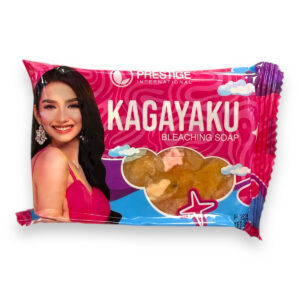 Prestige Kagayaku Bleaching Soap 75gKD2.000
Prestige Kagayaku Bleaching Soap 75gKD2.000
Recommended Kojic Acid Products
-
 Perfect Skin Extra Strength Rejuvenating SetKD7.000
Perfect Skin Extra Strength Rejuvenating SetKD7.000 -
 Precious Skin Gold 24K Whitening Anti-Melasma Facial Cream 15gKD2.450
Precious Skin Gold 24K Whitening Anti-Melasma Facial Cream 15gKD2.450 -
 Dr.Davey Kojic Body Lotion All Day Hydrating & Smoothing – 300mlKD2.490
Dr.Davey Kojic Body Lotion All Day Hydrating & Smoothing – 300mlKD2.490 -
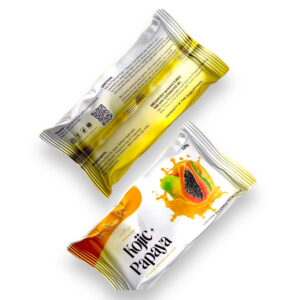 Her Choice Kojic Papaya Soap 120gKD2.500
Her Choice Kojic Papaya Soap 120gKD2.500 -
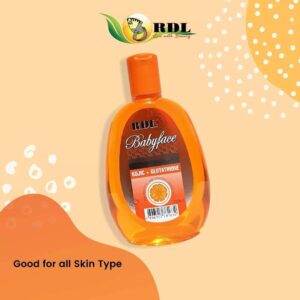 RDL Babyface Facial Cleanser with Kojic + Glutathione 250mLKD2.000
RDL Babyface Facial Cleanser with Kojic + Glutathione 250mLKD2.000 -
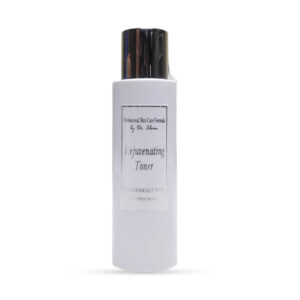 Dr. Alvin Rejuvenating Toner 120mlKD4.000
Dr. Alvin Rejuvenating Toner 120mlKD4.000 -
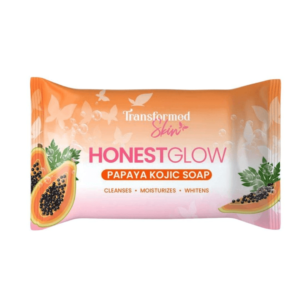 Honest Glow Papaya Kojic Soap – 70gKD2.500
Honest Glow Papaya Kojic Soap – 70gKD2.500 -
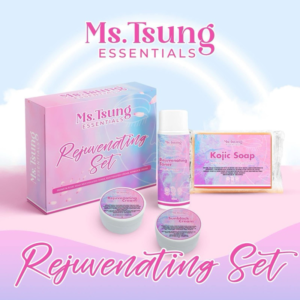 Ms.Tsung Rejuvenating SetKD7.000
Ms.Tsung Rejuvenating SetKD7.000 -
 Rosmar Kojic Papaya 6 in 1 Rejuvenating SetKD7.000
Rosmar Kojic Papaya 6 in 1 Rejuvenating SetKD7.000 -
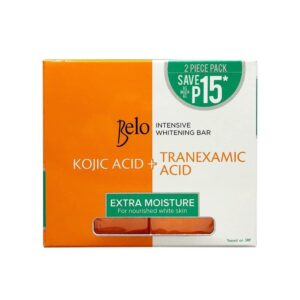 Belo Kojic Acid + Tranexamic Acid Extra Moisture Soap 2 × 65gKD2.500
Belo Kojic Acid + Tranexamic Acid Extra Moisture Soap 2 × 65gKD2.500 -
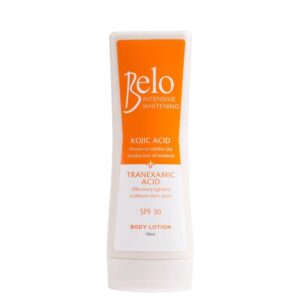 BELO Intensive Whitening Kojic Acid + Tranexamic Acid with SPF 30 Body Lotion – 200mlKD6.000
BELO Intensive Whitening Kojic Acid + Tranexamic Acid with SPF 30 Body Lotion – 200mlKD6.000 -
 Belo BB Cream -Intensive Whitening Spf50 – 50mlKD6.000
Belo BB Cream -Intensive Whitening Spf50 – 50mlKD6.000 -
 Belo Intensive Whitening Face and Neck Cream with Kojic Acid, Tranexamic Acid, and SPF 30 65gKD5.000
Belo Intensive Whitening Face and Neck Cream with Kojic Acid, Tranexamic Acid, and SPF 30 65gKD5.000 -
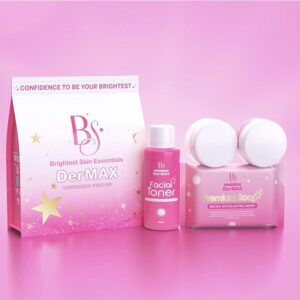 DerMAX Rejuvenating Set by Brightest Skin EssentialsKD7.000
DerMAX Rejuvenating Set by Brightest Skin EssentialsKD7.000


